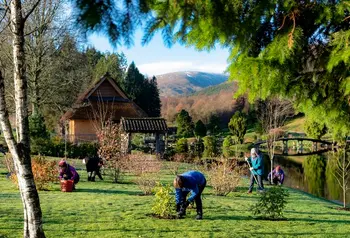Parks for People: why should we invest in parks?

| Attachment | Size |
|---|---|
| Think piece: Parks in a pandemic - what have we learned? | 155.96 KB |
| Case study: Alexandra Park | 711.31 KB |
| Case study: Boultham Park | 1.85 MB |
| Case study: Grosvenor and Hilbert Park | 609.57 KB |
| Case study: Saughton Park | 624.47 KB |
| Case study: Stafford Orchard | 1.52 MB |
| Report: Why should we invest in parks? Evidence from the Parks for People programme | 1.81 MB |
| Case study: Myatt's Field Park | 1.05 MB |
Parks for People was a programme offered by The National Lottery Heritage Fund and The National Lottery Community Fund launched in 2006. It aimed to revitalise historic parks and cemeteries in the UK. It supported a total of 135 projects through £254million of funding.
A new report
The Parks for People report is an evaluation of the programme which provides clear evidence for the value of investing in parks. It highlights the multiple social benefits that can be achieved by investing in public parks and in the people who bring those parks to life. It can be used to support decision-making about parks investment and to support development of new practices and policy for parks management.
The evaluation process
The evaluation was conducted by the Centre for Regional Economic and Social Research (CRESR) at Sheffield Hallam University, along with colleagues at the University of Sheffield and Urban Pollinators Ltd.
The evaluation built on evidence from the rapid evidence review Space to Thrive, which was published by The Heritage Fund and The National Lottery Community Fund in January 2020.
Following this research, the evaluators examined six Parks for People projects, creating individual case studies for each one:
- Alexandra Park, Manchester
- Boultham Park, Lincoln
- Grosvenor and Hilbert Park, Tunbridge Wells
- Myatt’s Field, Lambeth
- Saughton Park, Edinburgh
- Stafford Orchard, Quorn, Leicestershire
The six parks were selected to encompass a range of locations, types of community, and periods of investment.
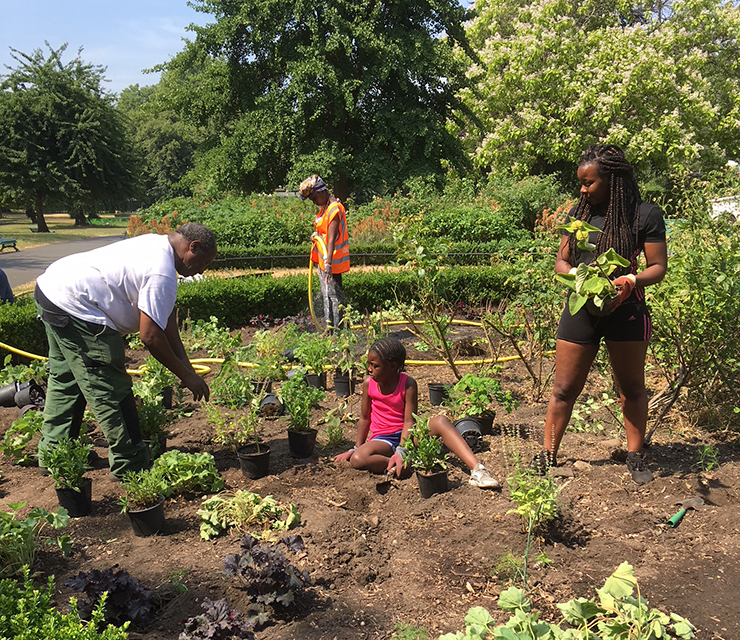
The benefits of investing in parks
The report studies the impact the Parks for People programme has had for the selected projects, referring to six benefits identified in the Space to Thrive report. The findings show that without this initial investment through the programme, many of these benefits would not have happened or would have been greatly reduced.
Health and wellbeing
Investing in parks created more opportunities for sport and exercise, attracting a more diverse range of users. People’s health and wellbeing benefited from:
- different types of spaces within parks
- opportunities to volunteer
- activities for park users
- connecting to nature
Investment also provides vulnerable or marginalised people with opportunities to connect with parks facilities and activities.
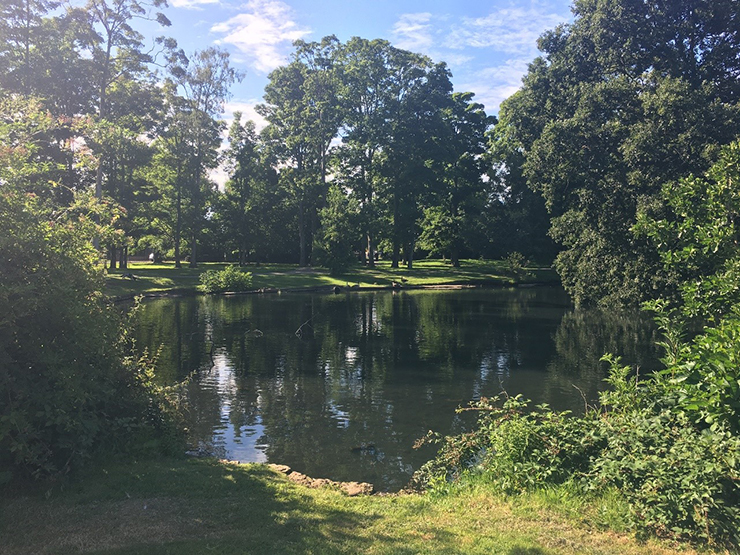
Reducing isolation
Parks investment helps to reduce isolation and loneliness. It supports the creation of spaces where people can meet or simply be near each other, and helps ensure inclusive design of the landscape and buildings. Targeted outreach activities also helped to include groups who do not usually use parks.
Community engagement
Parks for People projects developed a wide range of activities to promote community engagement through the project's duration and beyond. Although many projects found this difficult to maintain once the grant ended.
Tackling inequalities
Investment made parks more inclusive places, including through inclusive design. Investment in activities that support inclusion or sought to reduce inequalities benefited a range of people and helped disadvantaged communities feel they ‘matter’.
Connecting to nature
Parks investments are a great way to create new natural habitats and encourage biodiversity, often in spaces that may not have supported native wildlife previously. Local residents found they were improving their connections with nature which brought many wellbeing benefits. Volunteering or learning helped people connect with and care for nature.
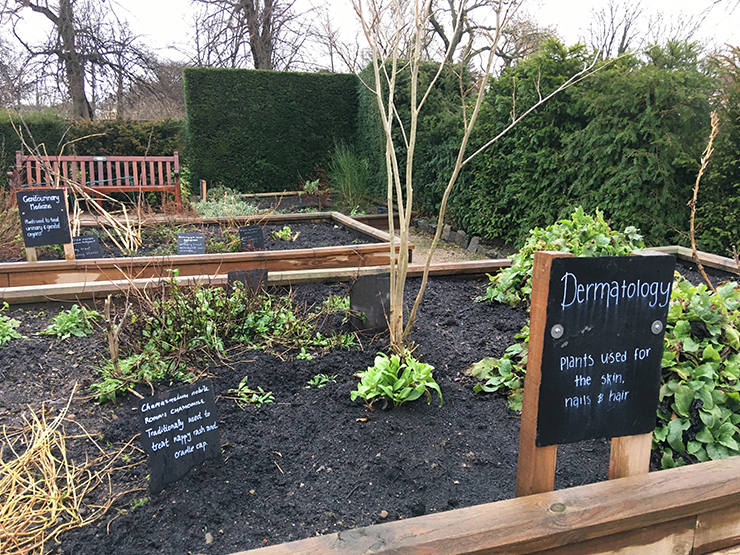
Economic development
Investment has supported a range of economic activities, from park maintenance to social enterprises that work in education. The investment has created jobs through these activities and provided people with skills to find employment. Importantly, investment has supported different approaches to economic development; developing enterprise to meet the needs of people and planet.
Parks in the pandemic
Park users in Saughton Park, Stafford Orchard and Grosvenor and Hilbert Park were also interviewed about their experiences of using the parks during the first coronavirus (COVID-19) lockdown in Spring 2020.
In a time of uncertainty and increased anxiety, these parks offered many people with the escapism they needed to support their mental health and wellbeing. They also provided a local space for exercise and a way of connecting with nature during a time where travel was restricted.
One park user said: “We go out for a walk every afternoon after [we’ve] sort of done our school stuff and we went every day to that park. It was like a godsend … I was just so grateful that we had it. I was so, so grateful.”
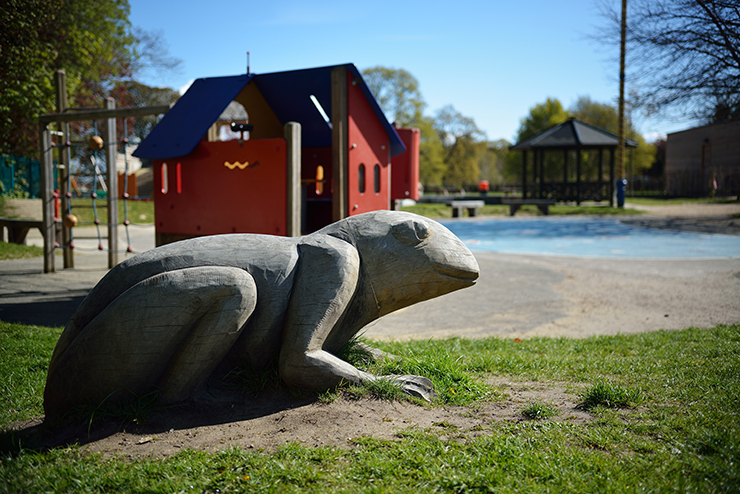
However, the upsurge in visitors to the parks led to an increase in wear and tear, as well as a rise in antisocial behaviour. With the reduced capacity of staff and volunteers due to lockdown restrictions, this created a real challenge for parks.
It also highlighted many inequalities. Those without access to green spaces at home turned to parks which were often overcrowded or restricted. Many face-to-face community groups were also suspended, leaving vulnerable people without vital support they needed and unable to access community and green space.
The case for investment
This research demonstrates the long-term value of investing in parks. It highlights the many long-lasting benefits that make parks important to individual and community wellbeing.
Green spaces have an important role in a post-COVID-19 recovery. This research demonstrates the importance of investing in high quality green spaces as well as the facilities and activities that support communities to thrive.
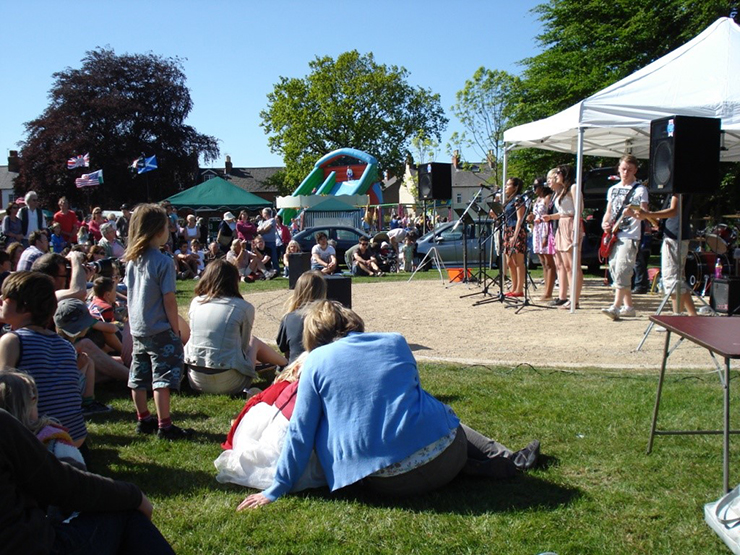
Our research and evaluation
We regularly conduct research to discover what is happening in the heritage sector, and we evaluate our work to better understand the change we are making. Read more of our insight.

